
Thai Rainforest
90 million years hence

90 million years in the future, much of Afroeurasia is covered by tropical forest. Fueled by the southward bend of Asia and the hothouse conditions of the Proximozoic, plant life thrives, forming dense canopies wherever ample rain falls. The coasts are ringed by wet swamps, which give way to verdant rainforests and drier seasonal forests further inland. Much of southern and central Asia is covered by a wet, steamy tropical forest.
These jungles are a proving ground for many evolutionary innovations. Lizards and snakes are common, and explore new evolutionary routes such as powered flight. Birds are also flourishing, including pollinators, flightless herbivores, and aerial predators. Flowering trees are diverse, and in several instances have coevolved with birds or squamates. The forests are also rich in insect and mammal diversity.
| Blue-winged mo'o | Dragonflower tree | Gangstar | Golden gorrion | Hibbert's dragon | Naishornis |
|---|---|---|---|---|---|
|
Click on a tab to learn more about that species.
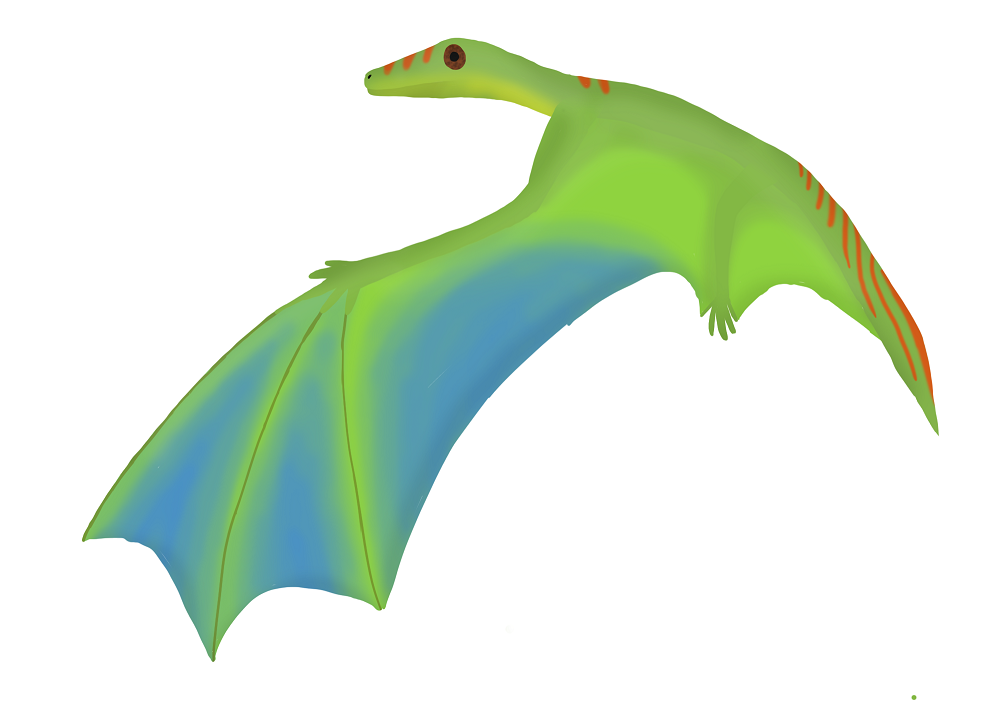
Minidraco azuropterusAlthough bats and birds both survived the end-Telogene extinction, each clade took hits in diversity. Birds diversified again after the event, expanding primarily into larger niches, while bats maintained a foothold and also began to explore new body plans. But in the post-extinction environment, another lineage of flying tetrapods evolved, this time descended from gekkonid geckos. The blue-winged mo’o is a member of a smaller lineage of dragons; its wingspan does not exceed 12 inches. The metabolism of dragons, which evolved in tandem with powered flight, is much higher than those of their ancestors. The diet of a mo’o consists almost entirely of insects, which are often caught on the wing. Many species of mo’o can be found flittering through the jungles of Africa, Asia, and Oceania. 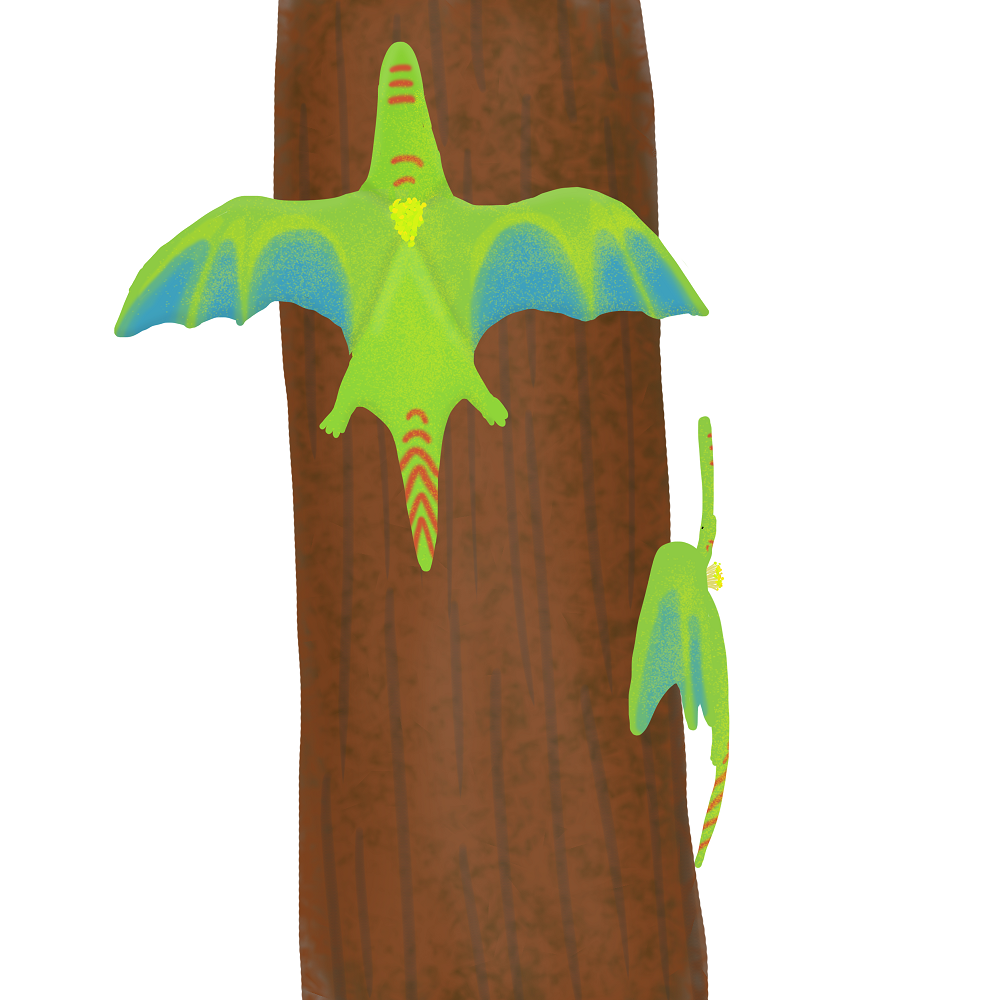
Dracanthus sattleriDragonflower trees are among the rich flora of southeast Asian rainforests. The tree’s wood is relatively hard and fire-resistant, and mature trees can grow in excess of 15 meters in height. The flowers of this species, which grow out of the trunk, only bloom during the mating season of the blue-winged mo’o, and mimic the appearance of that species. Mo’o looking to reproduce land on these flowers, and subsequently become covered with pollen. As the dragon leaves to find more mates, it will inevitably spread the pollen to another dragonflower tree. The flowers may also attract pollinating insects or birds 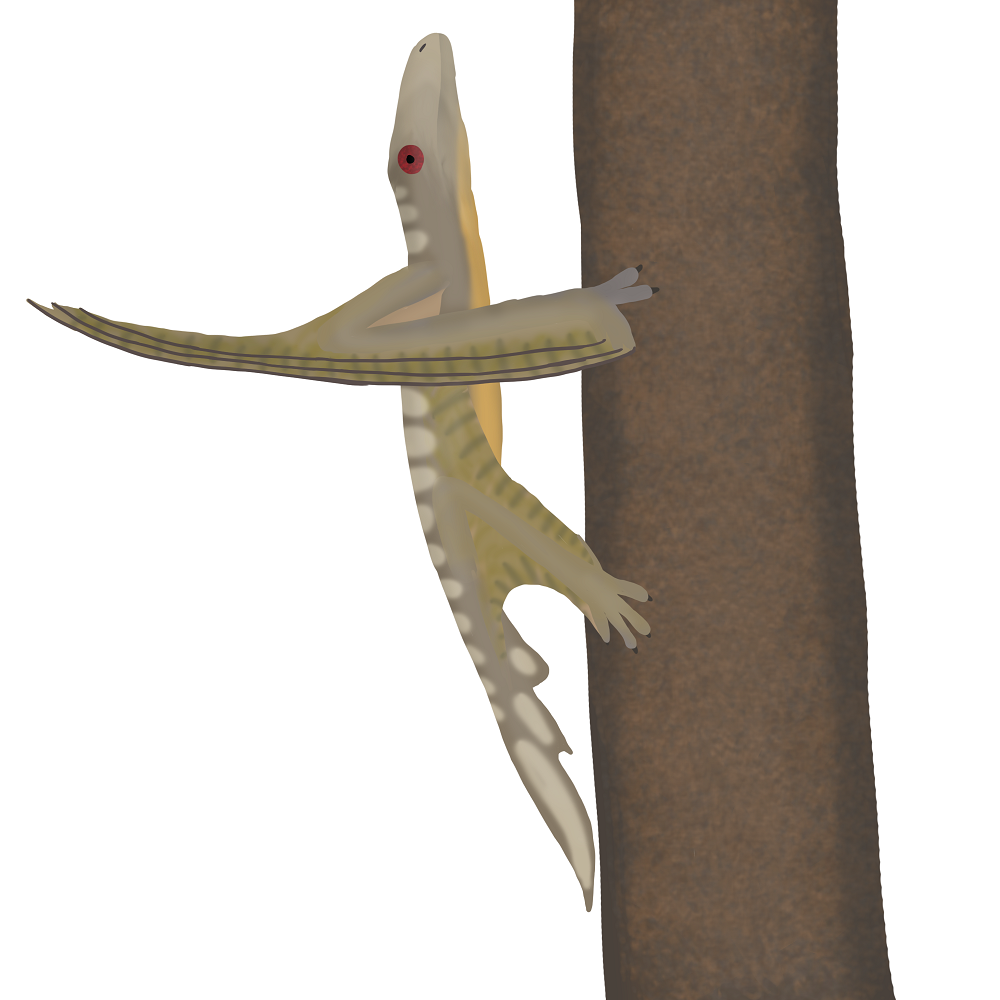
Emersondraco hibbertiDifferent species of dragons can be highly variable in diet and size. Hibbert’s dragon grows between one and two meters in wingspan, with females being slightly larger on average. It is more omnivorous than many other dragon species; its diet is roughly evenly split between fruits and smaller animals, such as birds and other lizards. The wings of dragons evolved from skin membranes that first appeared to assist with gliding and parachuting. All of the fingers on the hand still bear the adhesive pads of their ancestors, allowing dragons to cling onto vertical surfaces such as tree trunks and rock faces. Digits 3, 4, and 5 each have a wider proximal portion with adhesive setae, and a narrow distal portion that supports the wing membrane. Two toes on the foot have also been coopted to support the wing membrane. 100 million years of evolution has honed the strength of these toe pads; the body can still be supported even by a few digits. 
Mafiasturnus atroxAnother casualty of the end-Telogene extinction were Cenozoic birds of prey. The lineages that survived the Holocene and evolved in the later Cenozoic were unable to survive the event. But the world did not go without aerial predators for long. Another clade, very common throughout the later Cenozoic, seized the opportunity to become the new birds of prey: starlings. While psittacoraptorans have taken similar predatory niches in the Americas and Antarctica, these starlings dominate old world forests. Gangstars are gregarious predators, living in groups of 10-20 individuals. Although the average gangstar has a maximum wingspan of around a meter, a hunting mob can take down very large prey. Gangstars have a wide vocal repertoire, ranging from high-pitched staccato chirps to oddly electronic-sounding oscillating. It appears that they use these calls to communicate complex instructions while hunting, as well as settling political disputes within the mob. It matters little if the prey hears these calls - by that time, it’s likely that the prey is already being watched from multiple angles. 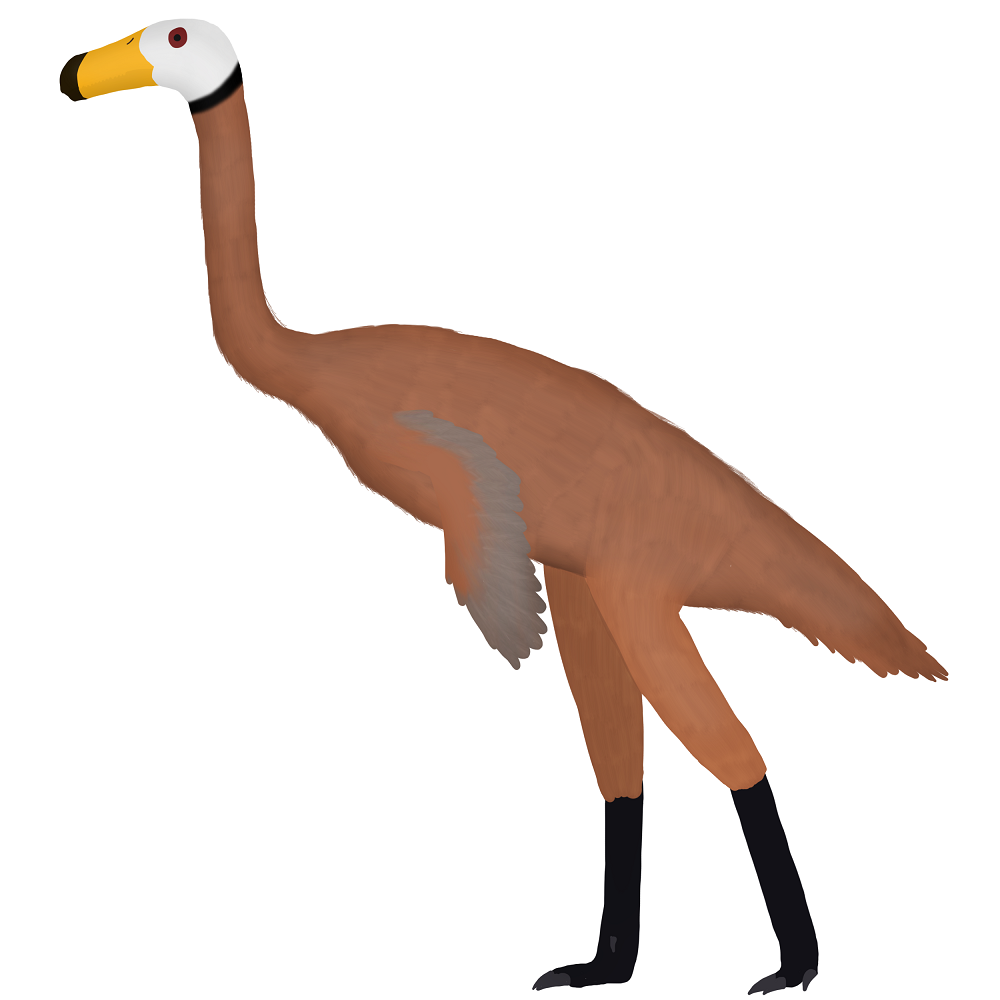
Naishornis sp.Terranserae remain a medium-sized, fleet-footed group throughout the Tularean period. Naishornis, which can be found throughout tropical Afroeurasia 90 million years hence, is three meters tall. Males bear iridescent blue back feathers and blue-green dewlaps running down the upper and lower midlines of the neck. The feathers and dewlaps are puffed out during the mating season, in a courtship dance that involves lots of foot-stamping and a gurgling honk that can be approximated as vuuuuuuuuuu-KRAWK. Naishornis has more complex pseudodentition relative to Dromaianser, with pseudoteeth forming “tricuspid” clusters. The lineage Naishornis belongs to will evolve even more elaborate pseudodentition, more finely-tuned for cropping and chewing leaves. Its slightly larger size is also a sign of things to come: for the next hundred million years, through the Pluman period, this lineage of Terranserae will grow larger and larger… 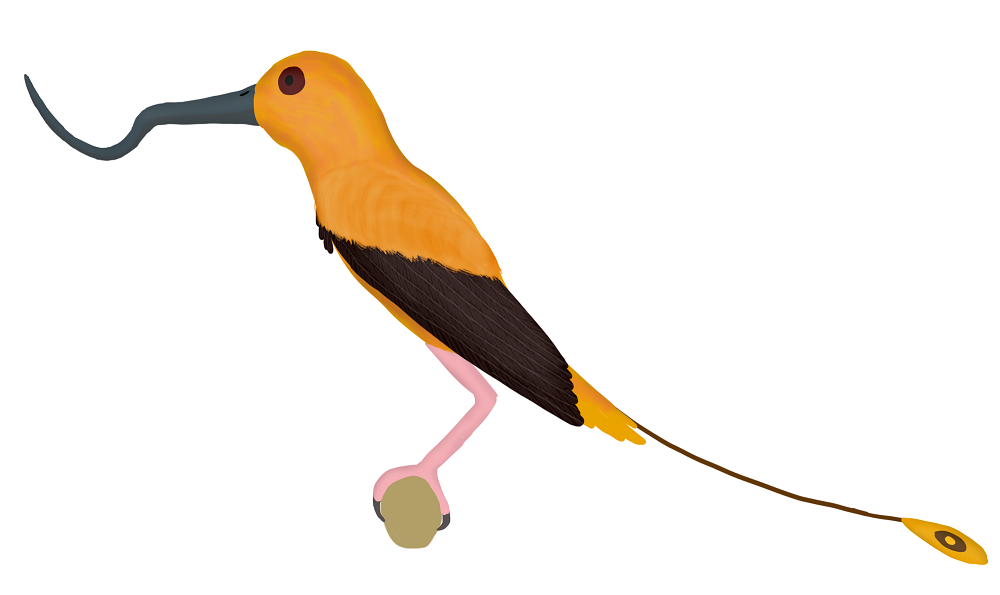
Nanocronus aureoplumusWith the disappearance of hummingbirds in the end-Telogene mass extinction, all modern groups of pollinating birds had gone extinct going into the Proximozoic era. By this time, new pollinating birds have now evolved from the generalist species that survived. The golden gorrion is descended from modern sparrows. It has co-evolved with two species of tropical tree, which bear distinctively curved flowers no other species can pollinate. Gorriones are nectarivorous, feeding on the nectar of the flowers they pollinate. They are not able to hover in the air as efficiently as hummingbirds, so they usually perch to feed. Male gorriones have a pair of racket-plume feathers on the tail. |
| ← Antarctica, 75 myh | Mediterranean Mountains, 135 myh → |